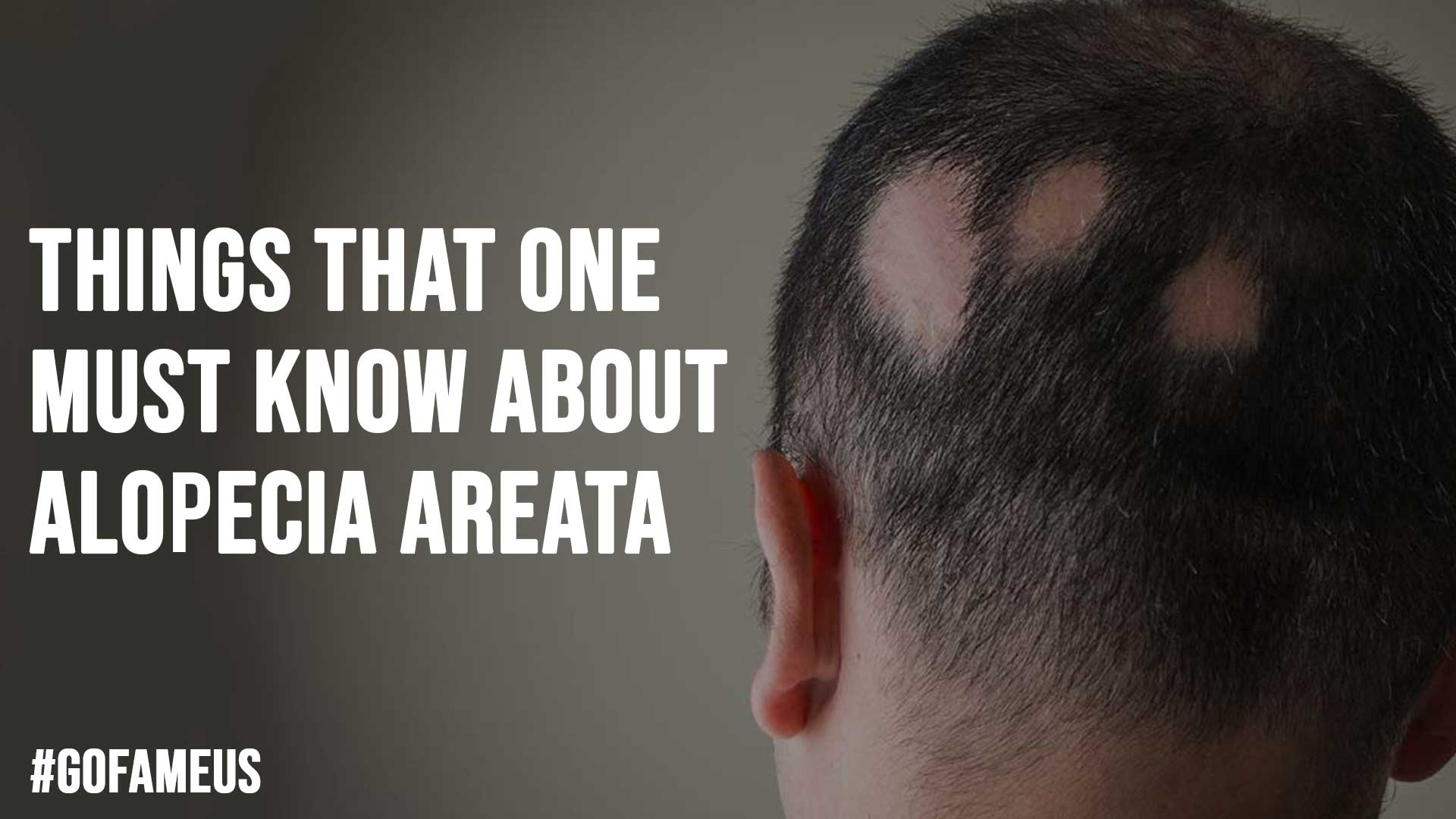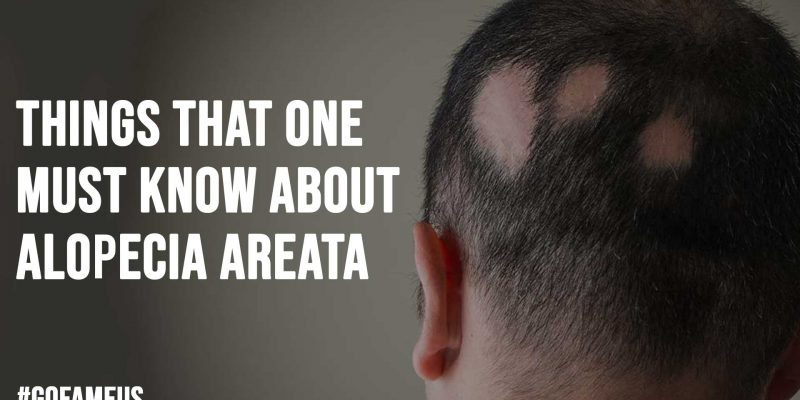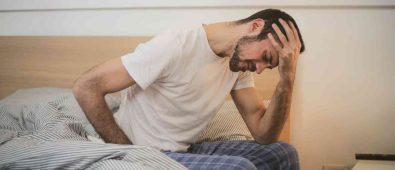A condition that causes hair fall in tiny patches remains unnoticed, but as this proceeds, these patches are well seen resulting in alopecia areata. In other words, we may describe it as a bald patch as it is presented as circular or oval patches on the scalp.
Most people who have this condition are overall healthy. This might also affect nails as ridges, brittle nails, etc. So it is always recommended to treat this condition with the best treatment for alopecia areata after consulting with the dermatologist.

Hair growth & its anatomy
Hair is a simple structure made of a protein called keratin. A hair follicle is an important part that anchors each hair into the skin & a hair bulb forms the base of the hair follicle. So, in the hair bulb, living cells will divide and grow to build the hair shaft.
The cells in the hair bulb are nourished by blood vessels and hormones are regulated to modify hair growth and structure at different phases of life. Sebaceous glands present near the hair follicles produce oil, which nourishes the hair and skin.
Hair growth cycles consist of three phases – anagen (growth phase), catagen (transitional phase) & telogen (resting phase). Then hair growth stops, and the old hair detaches from the hair follicle.
This new hair begins the growth phase, pushing the old hair out. Hair growth rates vary in different people, on average growth rate is around one-half inch per month.
Hair color is decided by melanin-producing pigment cells in the hair follicle. With aging, as pigment cells die hair turns grey.
Also Read: Self Care, Health, and Skincare Tips
What causes alopecia areata?
Alopecia areata is an autoimmune disorder where one’s own immune system generates a response against healthy cells by mistaking them as foreign invaders.
Generally, our immune system acts as a defense force by acting against harmful bacteria, viruses & other microorganisms. So, in this clinical condition, the immune system destroys the hair follicles which are responsible for hair growth.
As a result, these hair follicles get smaller, stopping hair production and leading to hair loss. In some cases, hair loss may occur in eyelashes, eyebrows, face, or other parts of the body. However, it occurs in individuals with a family history of alopecia areata or other similar autoimmune conditions.
Different types of alopecia areata
There are several types of alopecia areata & they are classified according to the extent of hair loss
Alopecia Areata
The most common type where the hair falls in patches.
Alopecia Totalis
This occurs when the entire scalp is bald or there is total hair loss.
Alopecia Universalis
In addition to hair loss on the scalp, this type includes hair loss on the face involving eyelashes & eyebrows. There might even be hair loss in other parts of the body including chest, back & pubic hair.
Diffuse alopecia areata
This involves sudden thinning of hair on the entire scalp not just like a patch in one area.
Ophiasis Alopecia
This type of hair loss has a band-like pattern in the lower back of the scalp
Primary symptoms one will notice
The main symptom is the loss of hair in small patches extending to a few centimeters. Initially one may notice clumps of hair on the pillow or during a shower.
There are other few conditions or side effects in the form of hair loss. So, a dermatologist may test scalp samples to exclude alopecia areata from other clinical conditions relevant to hair fall. Blood tests are done if the doctor suspects any other disorder.
How is it treated?
There is no known or proven cure for alopecia areata. Other treatments may help to reduce the rate of hair fall in the future or might aid in hair growth. Few options are –
Topical agents
Based on a technique of topical immunotherapy where medications are applied over the scalp to stimulate hair growth.
Injections
A common option is administering steroid injections for mild, patchy alopecia to help hair grow back on bald spots. But this must be repeated at regular intervals like every two months.
Natural treatment
It is chosen as an alternative option to treat the condition. These may include – aromatherapy, acupuncture, micro-needling, laser therapy, vitamin & zinc supplements, using aloe vera juice, onion juice to rub the scalp, applying essential oils like tea tree, coconut, castor, olive, etc.,
Treatment effectiveness will vary from person to person. Some people do not get treatment as their hair grows back on its own but in other cases, people don’t see improvement despite trying every treatment option.
There are also specialized centers for alopecia areata treatment in Pune, Mumbai, Bangalore, etc. These specialized centers provide the best treatment for alopecia areata depending on your condition.
Also Read: Why Should You Consider Ayurvedic Medicine Over Modern Medicine?
Coping with alopecia areata – accepting people beyond appearance
It is emotionally challenging, especially when hair loss affects the entire scalp & people with this condition may often feel isolated or become depressed. Adopting lifestyle changes like using wigs, eyelash extensions, eyebrow pencils, etc. can help to overcome stress caused by hair loss.




